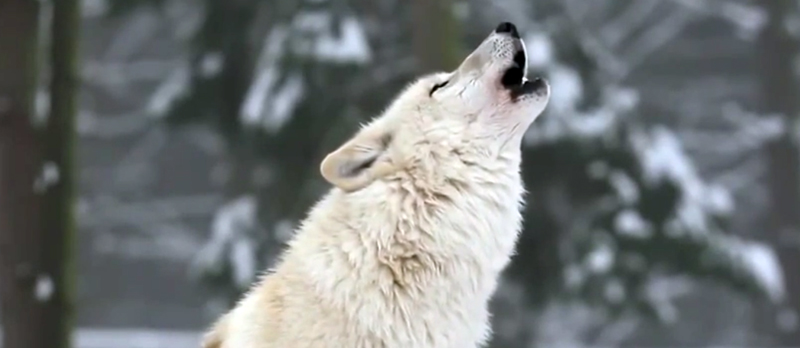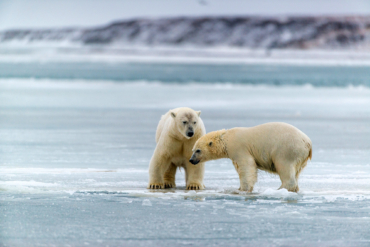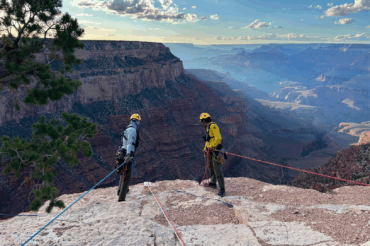We reached the old wolf in time to watch a fierce green fire dying in her eyes. I realized then, and have known ever since, that there was something new to me in those eyes — something known only to her and to the mountain. I was young then, and full of trigger-itch; I thought that because fewer wolves meant more deer, that no wolves would mean hunters’ paradise. But after seeing the green fire die, I sensed that neither the wolf nor the mountain agreed with such a view.
— Aldo Leopold, Thinking Like A Mountain

The term “trophic cascade“ refers to the top-down alteration of an ecosystem caused when predators change the habits and numbers of their prey, thus reducing predation on the lower trophic level (or intensity of grazing if the intermediate trophic level is an herbivore).
When wolves were reintroduced to Yellowstone National Park after a 70 year absence, the trophic cascade was profound, ultimately affecting the very course of rivers.
This four-minute video explains the intertwined nature of this ecosystem. While it lacks in scientific data, dozens of scientific papers about the reintroduction are readily available online for those interested in learning more.
One paper published in 2011 at Oregon State University found that browsing on the five tallest young aspen in each stand decreased from 100% in 1998 to means of less than 25% in the uplands and 20% in riparian areas by 2010. Correspondingly, aspen recruitment (the growth of seedlings and sprouts above the browse level of ungulates) increased as browsing decreased over time in these same stands.
Many questions and controversies remain about the long-term recovery of wolves in Yellowstone and the west, but this reintroduction of an apex species provided a unique opportunity for study and observation.
—Sean McCoy






